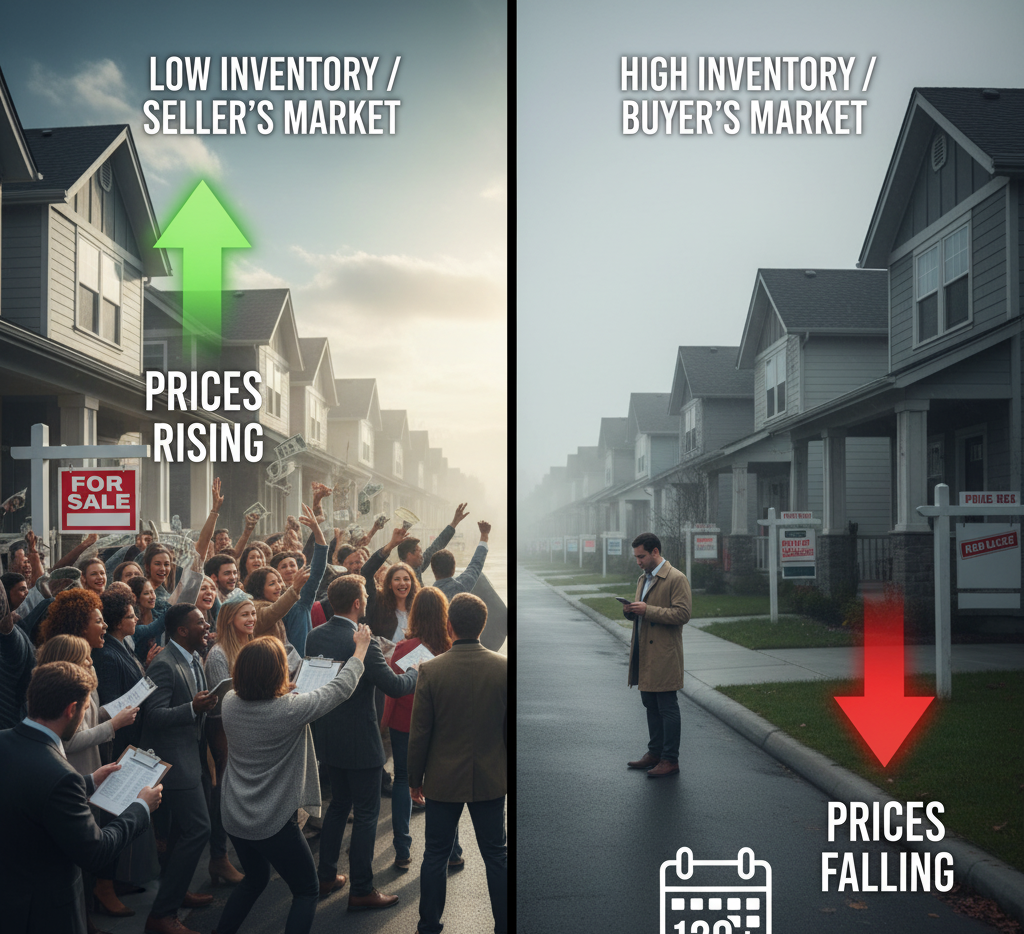Uncovering What Drives Home Buyers and Sale Prices

The real estate market is ever-changing, shaped by multiple factors that influence both buyers and sellers. Understanding what affects property demand and home prices helps you make confident decisions when buying or selling a house. From interest rates to local development and neighborhood appeal, many elements come together to determine a home’s true market value. Let’s explore the major influences that guide today’s home buyers and pricing trends.
Economic Conditions and Affordability

The overall economy plays a huge role in determining how active the housing market is. When employment rates are high and incomes rise, more people are ready to buy homes. This increased demand usually pushes property prices up.
However, during times of slower growth or higher unemployment, buyers become cautious. Fewer active buyers can lead to lower home prices and longer selling periods.
Interest Rates and Loan Accessibility

Interest rates are one of the strongest factors that impact housing affordability. Lower rates make it easier for buyers to secure affordable mortgage payments, increasing demand. On the other hand, when interest rates rise, monthly payments become more expensive — often reducing buyer activity.
Mortgage availability also matters — flexible lending options attract more first-time buyers, boosting demand across the market.
Housing Supply and Market Inventory

Supply and demand go hand-in-hand when it comes to real estate. If there are fewer homes available for sale compared to the number of buyers, competition increases, often leading to multiple offers and higher prices.
When more properties enter the market, sellers may need to adjust prices or offer incentives to attract buyers. Building trends, local zoning rules, and new construction projects all affect how much inventory is available.
Demographics and Lifestyle Preferences

Population growth, family needs, and lifestyle choices all influence what buyers look for. Young professionals may prefer modern homes close to city centers, while families may focus on safe neighborhoods and good schools. Retirees, meanwhile, might look for low-maintenance homes or smaller properties.
These shifts in lifestyle and life stages continually reshape housing demand across different areas.
Neighborhood and Location Value

“Location, location, location” remains a golden rule in real estate. Homes near schools, parks, shopping areas, and workplaces attract stronger demand and higher prices. Areas with low crime rates, modern infrastructure, and good transportation links are especially appealing to buyers.
If a property is in a developing or less convenient area, it might sell for less — but that could also mean opportunity for smart buyers looking for future growth.
Market Sentiment and Buyer Confidence

How people feel about the housing market matters too. When the economy is stable and job opportunities are rising, buyers are more confident about making large financial decisions.
But during uncertain times or negative market news, buyer confidence can drop, slowing down sales and reducing home prices. Real estate sentiment is a powerful yet often overlooked factor in determining market movement.

